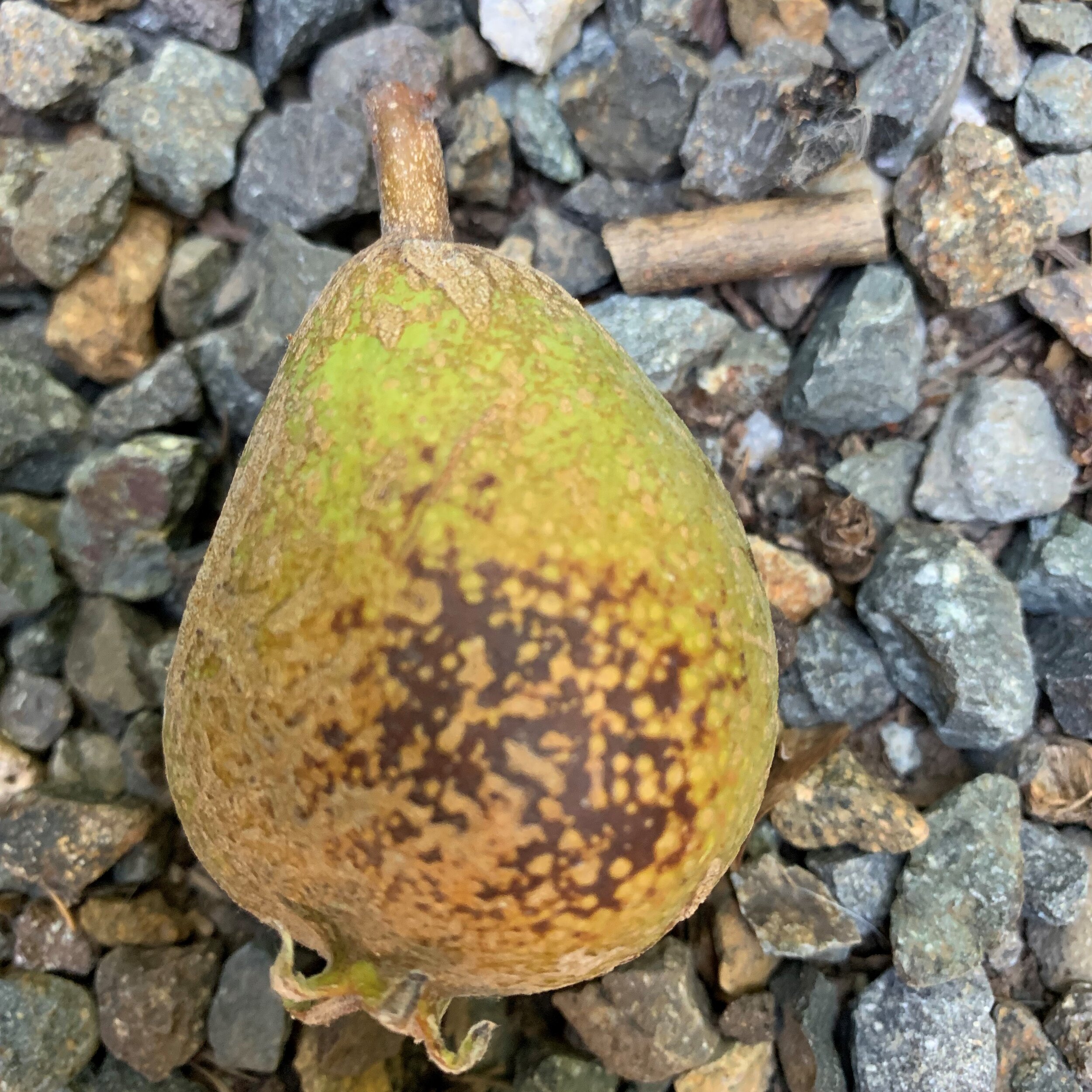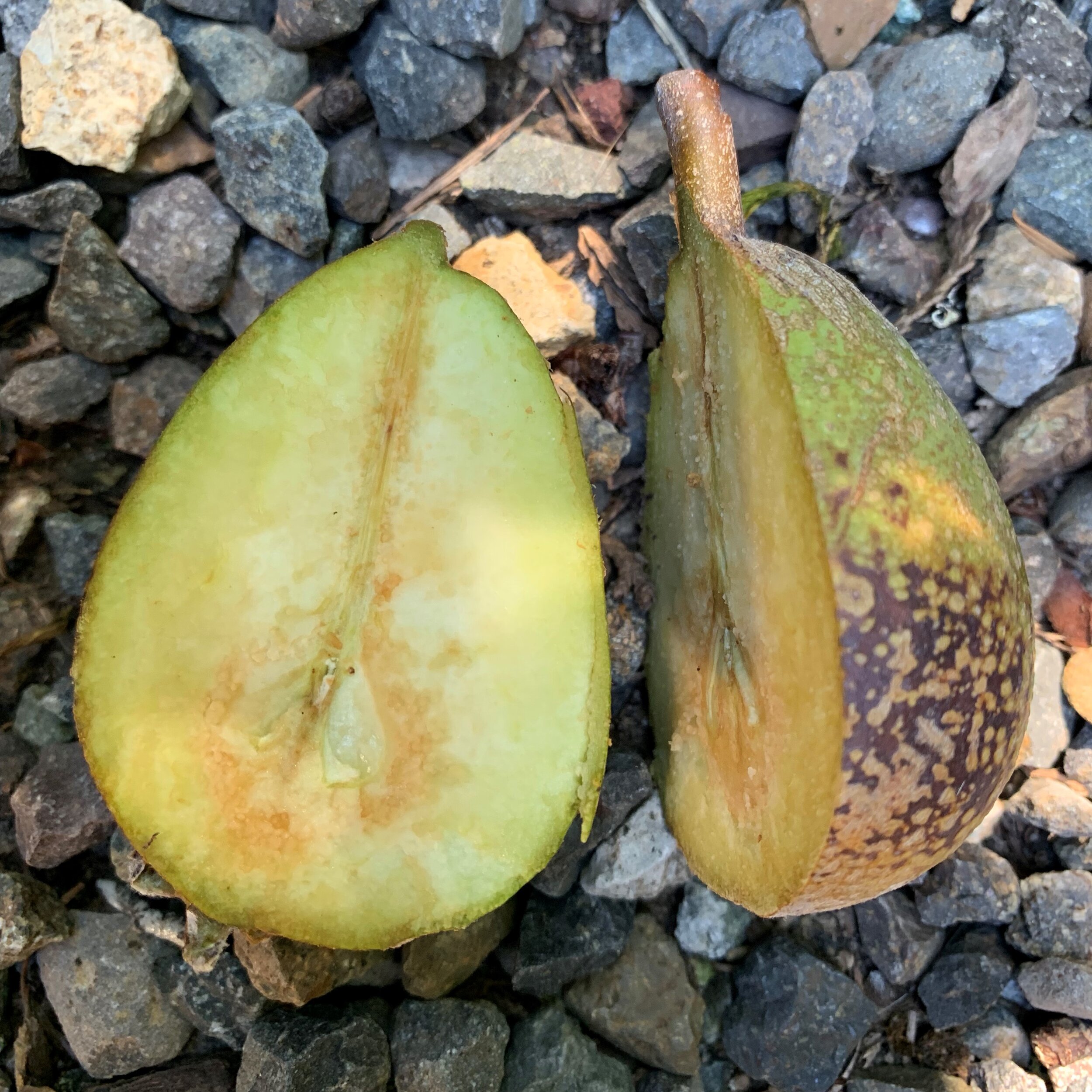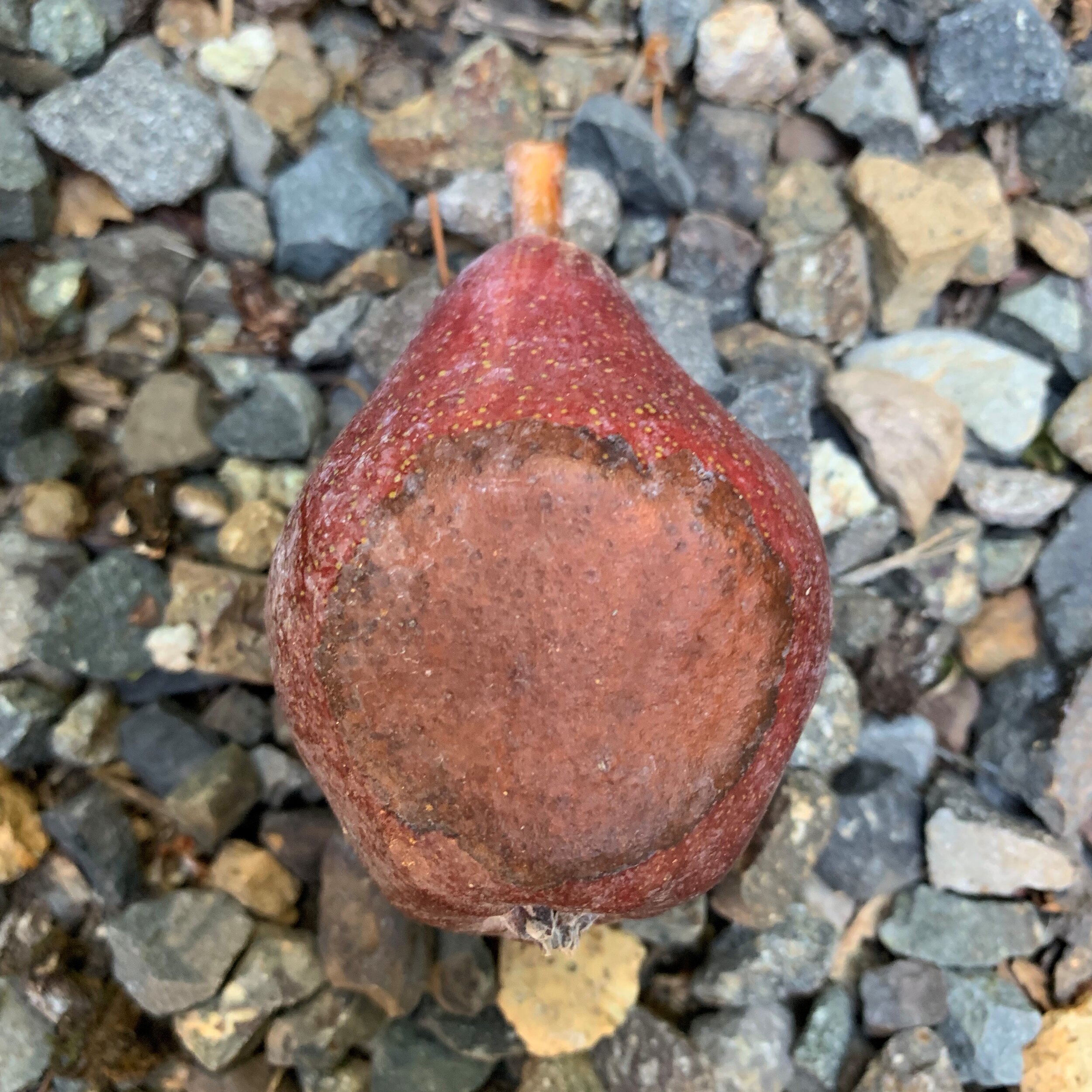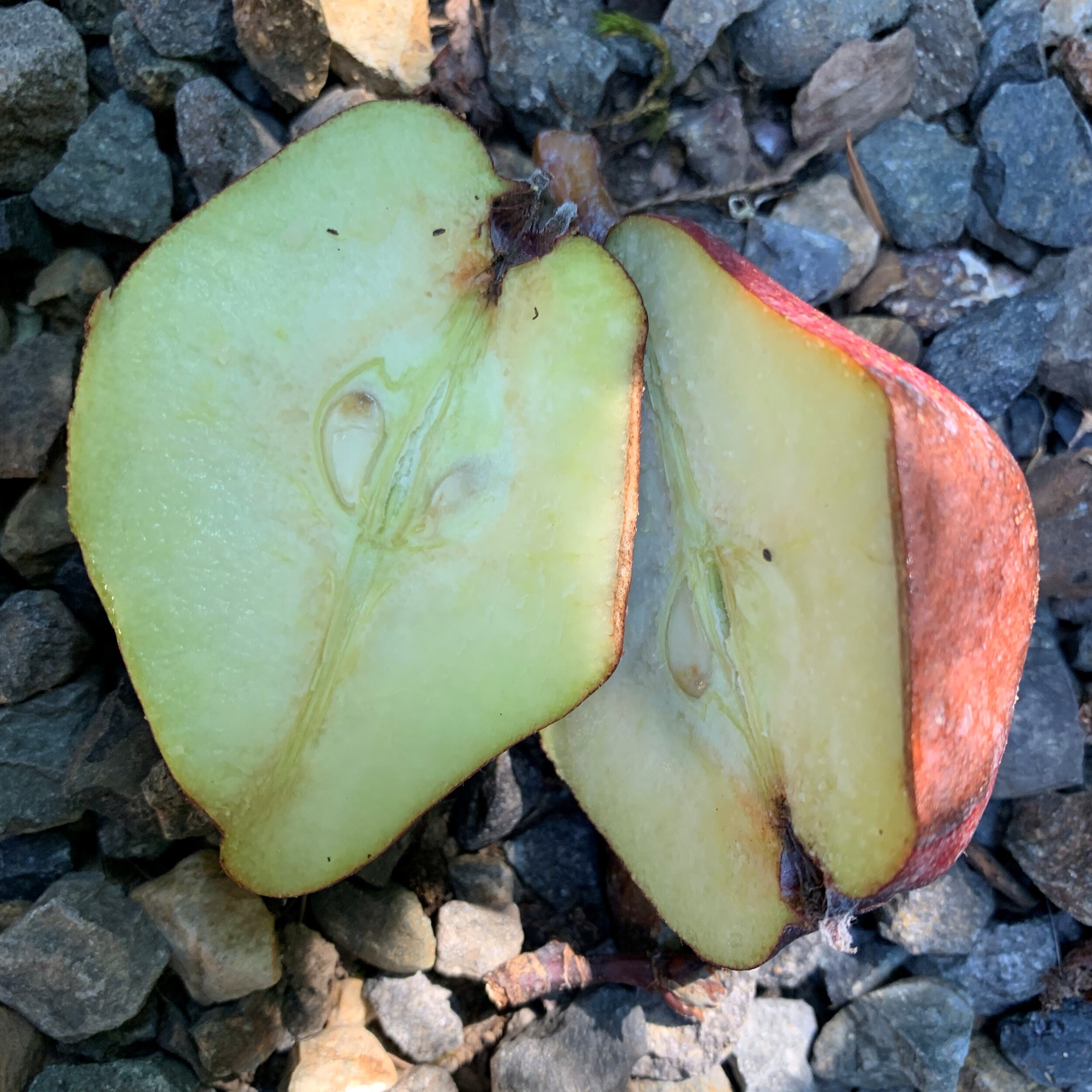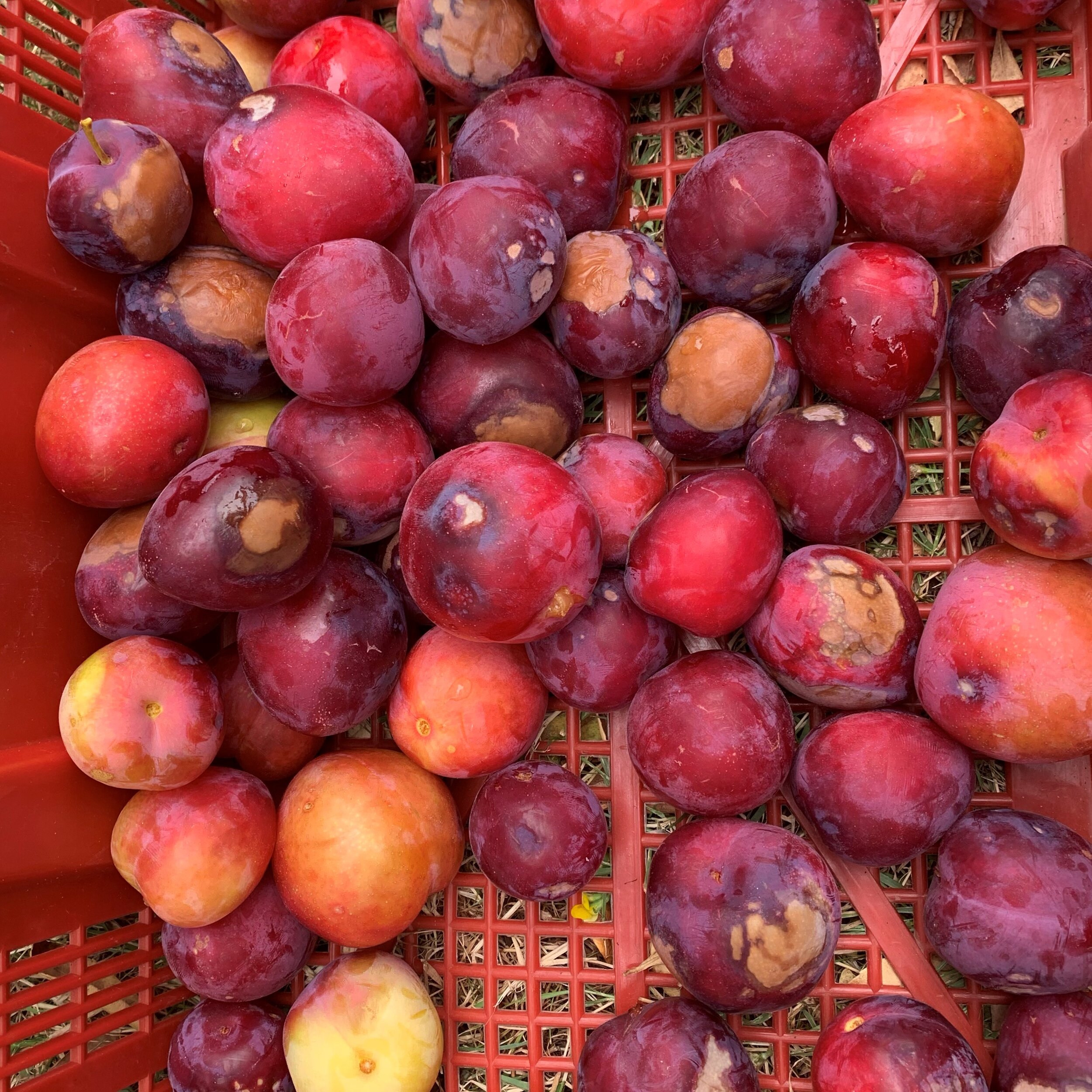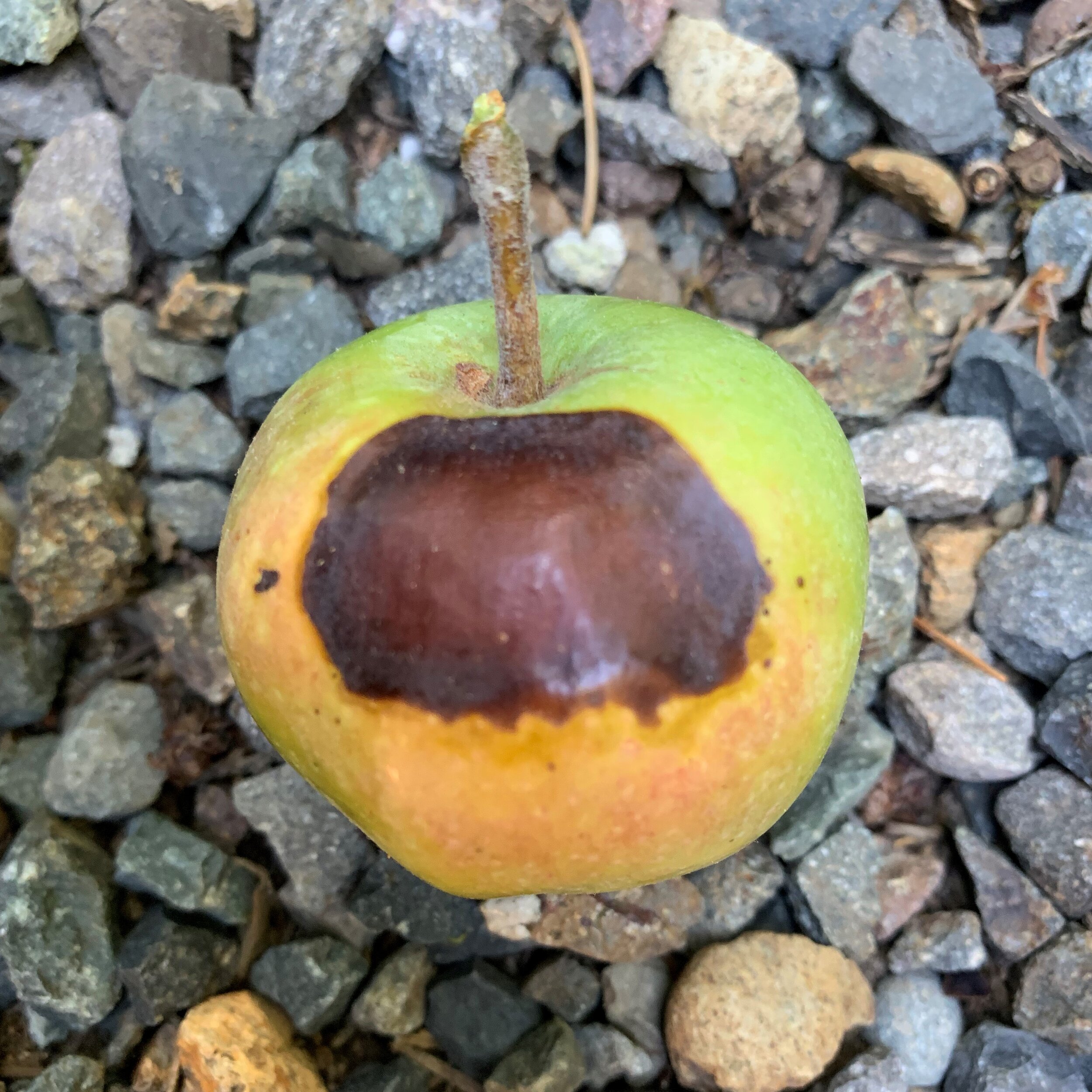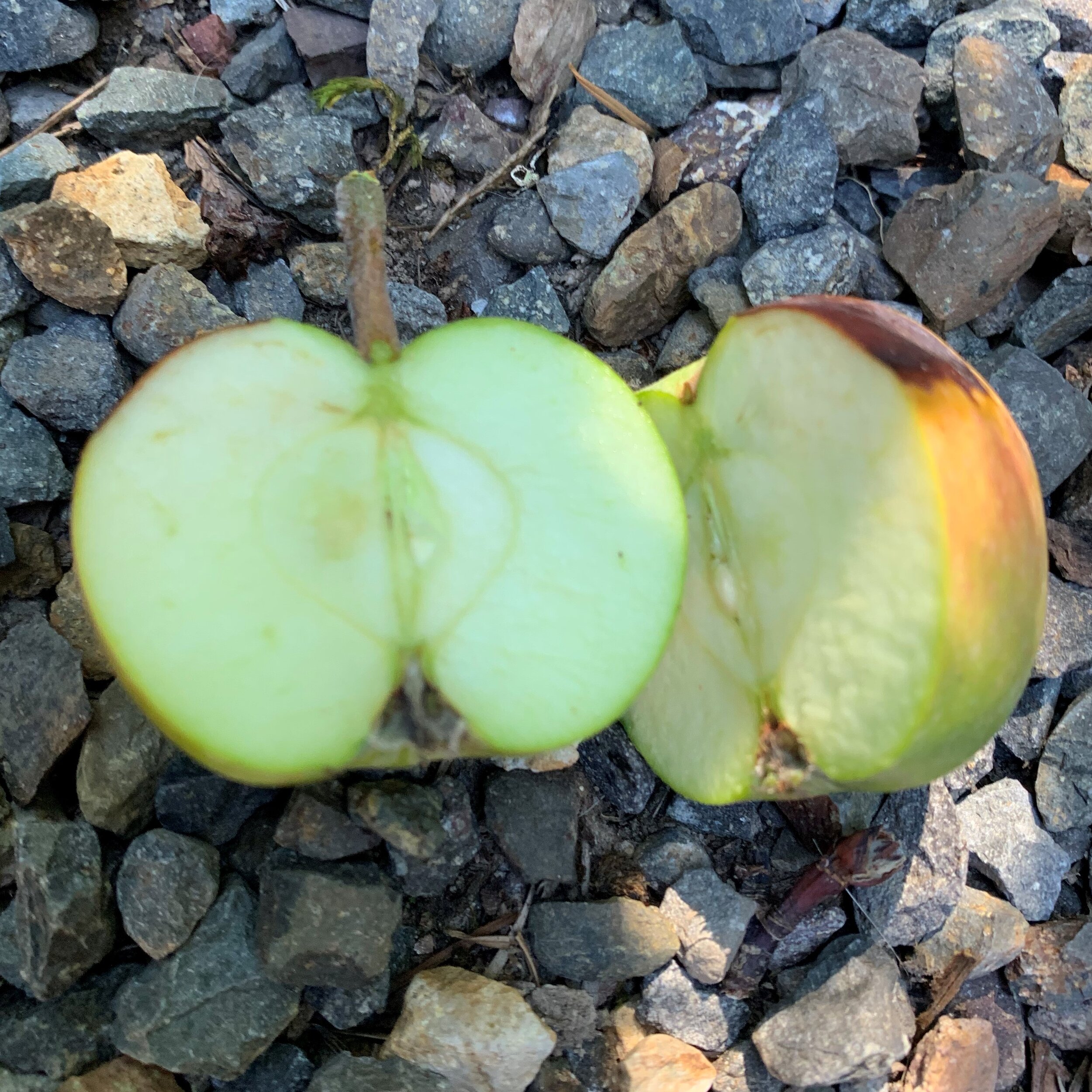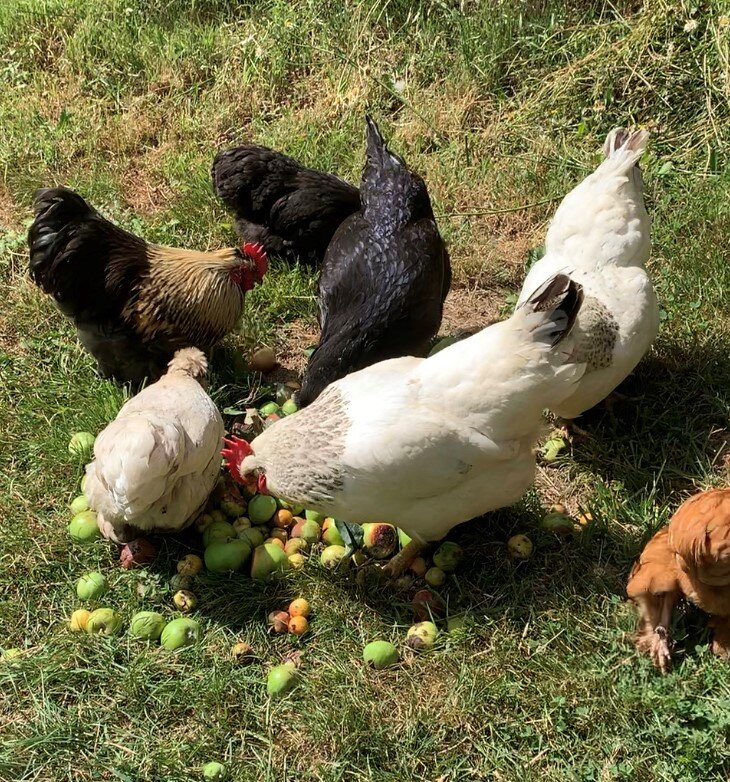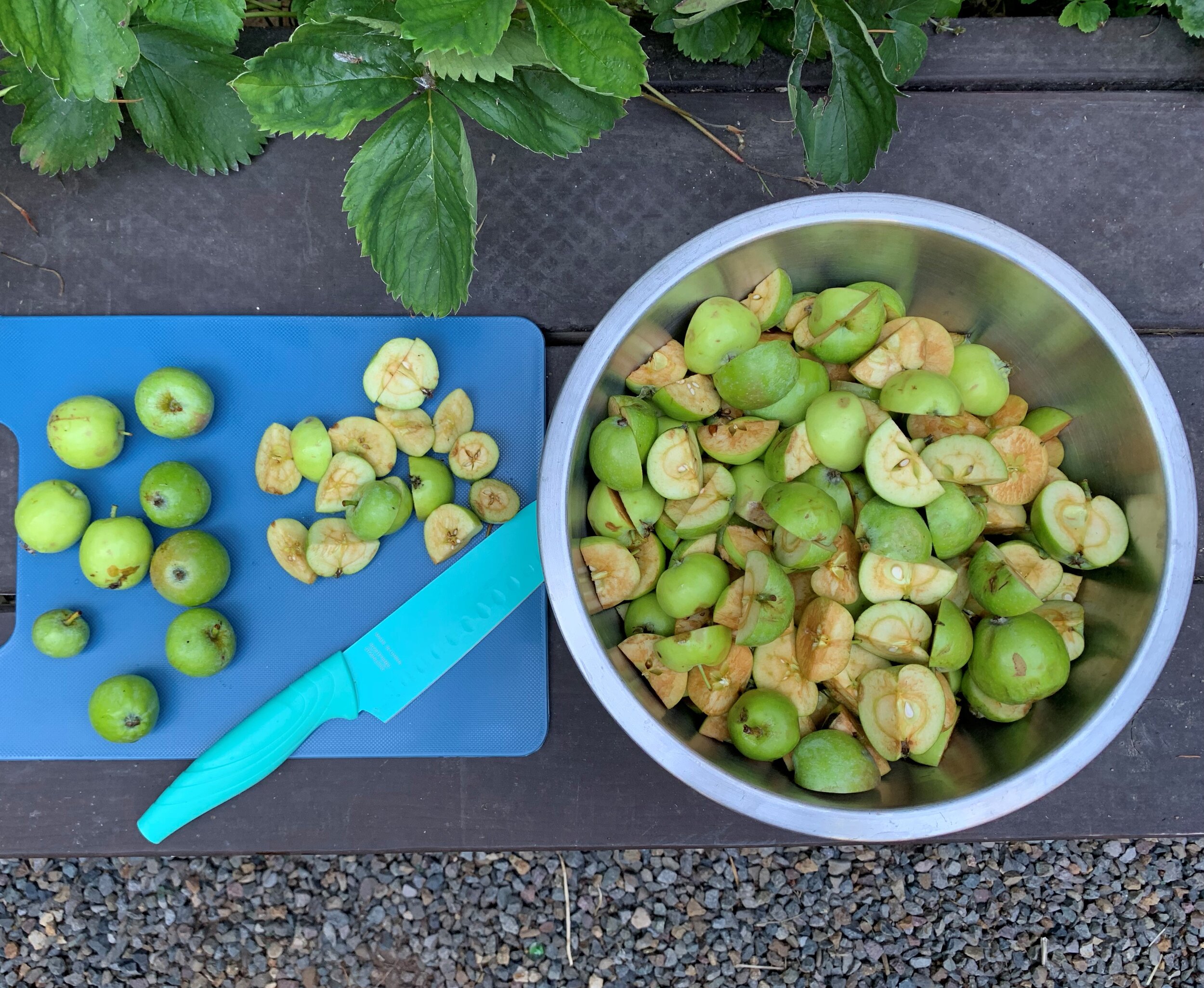Overexposed! When Your Fruit Develops A Sunburn.
What to do with sun damaged fruit still hanging on the tree?
Here in the Pacific Northwest, we recently experienced an extreme weather event that led many folks in our fruit growing community to ask questions like:
“The fruit on my apple, pear, and plum trees were scalded during the extreme heatwave and have developed large blotchy spots and bleached areas. My plums show similar markings and many are beginning to turn to mush. Should I remove all of the damaged fruit or just leave it alone? Is the fruit salvageable or is it all destined for the compost pile? How can I prevent this in the future?”
Great Questions!
While sunburned or heat damaged fruit is a real bummer, it’s also an excellent learning opportunity.
Step One: Determine what type of damage you see.
All you really need is a knife, your own amazing powers of observation, and a little bit of faith in yourself, but the photos and descriptions below should also help.
You will need to work on learning to trust your own instincts here, because in between “slightly” and “severely” damaged fruit exists quite a large grey area! If the damage you see is only skin deep there is a chance your fruit will still make it to maturity. If you choose to leave slightly damaged fruit on the tree, you may have to cut out damaged parts after harvest and it will probably not store for long, so have a plan for processing or eating asap.
Examples of “Slight” Sun Damage:
Don’t be afraid to cut into a few of your precious fruits to compare the external damage with the internal results. You may learn that your crop is a bust, or you might get lucky and come out the other end pleasantly surprised! In fact, occasionally a sun-burnt fruit will even taste sweeter if you manage to nab it before it rots, because sunlight can increase sugar content. This can be especially true in the case of over-ripe plums.
Sunburn Browning: Displays as a yellow, brown, or tan discoloration that doesn't go deeper than the epidermis (skin).
Above: Examples of slight sunburn browning on pears that did not breach the skin from this years heat event. This fruit will probably still develop properly to maturity.
Photooxidative Sunburn: Displays as a bleached white patch, and similar to sunburn browning, discoloration doesn't go deeper than the epidermis (skin). This fruit will probably still develop properly to maturity unless it starts to develop necrosis (tissue rot) with additional prolonged sun exposure.
This image is an example of photooxidative bleaching that did not breach the skin. (Shared from an arboretum volunteer’s home orchard - thanks Ivy!)
Example of “Severe” sun damage:
Sunburn Necrosis: Displays as a brown or blackish spot, with damage to both the epidermal (skin) and sub-epidermal tissues (flesh).
This apple along with many others near it in the most sun exposed area of the tree, has developed severe sun damage that has resulted in necrosis of the flesh. This fruit will NOT develop further without continuing to rot and should be removed from the tree.
That Pesky Grey Area:
This is the part where you will need to get comfy trusting your own judgement and settling in for a bit of an experiment.
Here is an example involving plums:
This season after the “heat dome event” our early plums appeared to have been hit hard. Most were either becoming mushy or were showing visible signs of slight sun damage. We began by immediately removing ALL of the plums that were over-ripe. These were squishy to the touch but still salvageable (and delicious in plum butter!).
Next we moved on to removing the plums that volunteers decided fell into the “severely damaged” category. Because everyone has a different eye, we set a guideline that if there was 30-40% or more damaged/sun-burnt tissue on a fruit then it should be pulled. Many of these plums were NOT yet ripe, but plums do continue to ripen off the tree, so we decided to pull these but hang onto them for processing and see if we could get them to ripen a bit more before the damage got any worse.
Last, we LEFT all of the plums that we deemed only "slightly damaged" on the tree. Many of these did show external damage, but when allowed to remain, they ripened up just fine on the tree - hooray!
Step Two: HOW MUCH damage do you see?
General Recommendations:
Only “Some” Fruit Has SLIGHT Sun Damage:
If only some of the fruit displays minor damage and there is still an over abundance of healthy undamaged fruit on the tree, go ahead and remove the sun burned fruit so that more resources can be directed to the healthy fruit and foliage as they continue to develop.
“Most Or All” Fruit Has SLIGHT Sun Damage:
If most or all of the fruit displays minor damage, but you have a real desire to salvage as much as you can, go ahead and try leaving the best looking fruits on the tree. If ALL fruit is damaged but there are only a few of them, just leave them all and keep your fingers crossed!
“Any” Of The Fruit Has SEVERE Sun Damage
When outside temperatures exceed 90℉ in combination with direct sunlight, tissue cells begin to break down and the fruit is destined to rot. Any fruit that has developed severe damage due to over-exposure should be removed so the tree can redirect its energy resources elsewhere.
If you determine after your assessment that much of your crop needs to be removed, don’t worry it’s not necessarily not a total loss! There are many creative uses for sunburned, under, or overripe fruits. Mushy, over ripe sunburned plums for example make a delicious and often super sweet jam or fruit roll and under ripe apples can be turned into the pectin you will use to make jams for the rest of the season! If you end up with fruit that is too far gone for human consumption, your neighbor with chickens or livestock will likely make sure it doesn’t go to waste!
Preventing Sun Damage In The Home Orchard
In a perfect world, we would hope to completely protect our fruit from sunburn while also ensuring enough sunlight gets through to the developing fruit. In reality, we strive to find a happy compromise because fruit NEEDS sunlight to ripen properly.
While it is unlikely that tree fruit growers will be able to completely prevent the effects of extreme heat events, here are a few things that can help:
Shade cloth:
Shade cloth is highly effective because it reduces both light and heat. While applying shade cloth on large trees or on every tree in a full scale orchard may not be physically or financially realistic, it is a good and easy way to protect the younger or smaller trees of a home orchardist or backyard grower.
Sprayable Protectants:
When properly applied throughout the growing season, some sprayable protectants can drastically reduce damage from sunburn. The frequency of application differs between products & the weather. There are a number of different types of sprayable protectants that are approved for use in organic agriculture such as: kaolin clays (i.e. Surround), and Lipophilic waxy matrices (i.e. Raynox). Surround - a popular brand of kaolin clay spray has the added benefit of providing some pest control while reflecting light and heat off of the fruit.
Proper Summer Pruning:
Some of the main goals of summer pruning fruit trees are to ensure that light and air infiltrate all levels of the canopy to support healthy development of the fruit. However - too much thinning of foliage can leave your fruit over-exposed and prone to even more sun damage. We suggest aiming for a happy balance. Make sure that your fruit will get light, but don’t remove so much foliage that your fruit is left completely exposed. If you have not yet completed your summer pruning and are expecting an extreme heat event, consider delaying pruning to help keep the orchard canopy cooler and the fruit better protected.
Want to read more about growing apples in a changing climate?
Sun stress has growers sun wary
With sun damage a key factor in cull fruit for the Washington industry, new WSU research aims to better understand the physiology of sun stress.
A Few More Bad Apples: As The Climate Changes, Fruit Growing Does, Too
It's not just apple crops that are affected by climate change. Higher temperatures are reshaping the entire agricultural landscape, drawing a new map of what can grow where.


